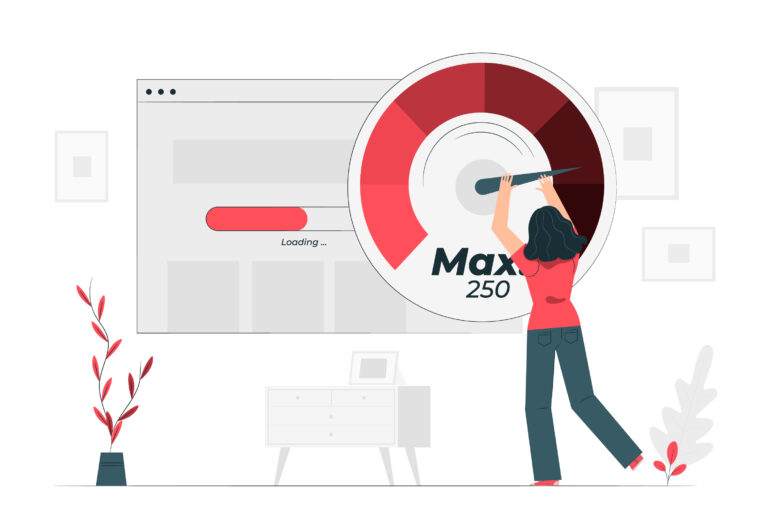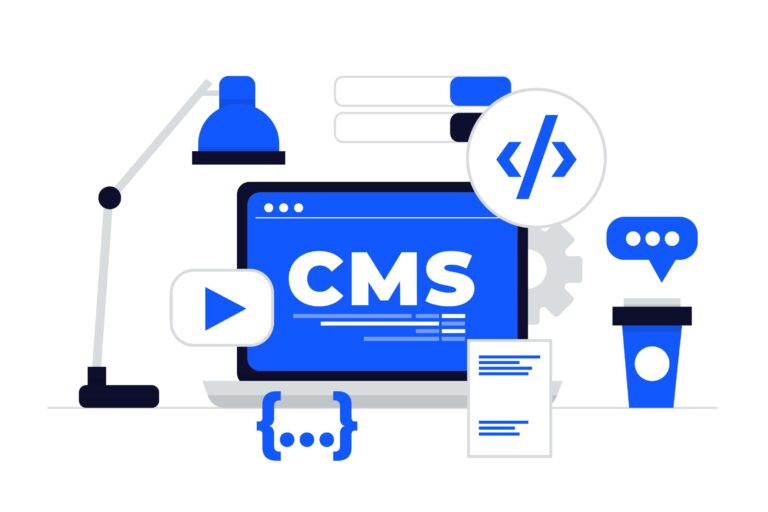Content Formula To Boost Visitation 3X
Are you spending hours crafting the perfect blog and still failing to get enough traction?
You edit it a ton of times, make it SEO optimized and ensure everything is in place and months later, you see no traction.
You see this happening not only in the blog section but also in other web pages as well.
So, what is going wrong?
We have been there, and here is a way to beat this scenario.
But before diving into the results, let’s discuss the research step by step.
Methodology
We randomly chose 30+ most popular Saas websites including Semrush, Hubspot, Grammarly, Clickup, Mailchimp etc. For each of these, we collected their content related analytics.
For getting the webpage-related data such as estimated monthly visits, number of backlinks and social shares, Ubersuggest was used. Word Counter Plus Chrome extension was used to get the word count of a page. Word count analysis is done only on blog and article pages only.
Each of the web pages chosen were classified according to their content and title. The classification based on the title is done to determine whether some kind of content with specific words, especially question keywords, impacted the estimated monthly visits.
What’s in it for me?
If you can relate to the problem mentioned at the beginning of this article or if you are someone who is struggling to get reach, this is for you.
We analyzed over 150+ web pages with an average monthly visit of close to 3 Lakhs and found some impressive stats. In this research, we classified the webpages based on content type and title.
Based on Content-Type, web pages are classified as
- Educational
- Informational
- Free Tool
- Home
- Product
- Comparison
- Free Trial
- Case Study
- And Others
Based on the Title, web pages are classified as,
- What is?
- Numbers
- Free
- Guide
- How To?
- Best
- Create
- Top
- Tips
- Product Title
- Download
So, here are our findings based on this analysis!
1. Educate Your Customer

Of the 159 pages, 38% of the pages were educational pages. This is followed by informational pages (30%) and Free Tools (10%).
Educational pages are those pages that take a dedicated teaching approach to instill deeper knowledge and ability, while informational articles serve to update audiences with useful topical facts and current information. Educational and Informational pages are close to 68% of the total pages, which takes up the majority of these top-performing pages.
So, don’t forget to educate and give necessary information to your customers.
2. Everything Eventually Boils Down to the Product

It is no surprise that the product pages and free trial pages get high monthly visitors. Whatever we do, write and publish is essentially with the vision of getting traffic to our Product and Free Trial pages – to convert.
Other pages include product demos, downloads, login, and career pages.
Even though relatively low in number, we can see that comparison articles are in the top 4.
3. Explain!

Does the title name matter?
To an extent, yes!
Other factors like SEO, Content etc. also matter here. But there will be instances where you write a good article and add a bad title.
So, it is important to understand what works and what doesn’t work.
When we classified the pages based on the title, we found out that pages that use numbers and questions like “What is?” and “What are?” in the title are higher in number.
What does that mean?
If you are using “what is”, or “what are?” or numbers in your title, there are chances that these pages will be one of the top performing articles.
4. The Top G

The pages that used “Top” in their title had the highest number of visitors, followed by those with numbers and “What is?/are?”
5. The Word Dilemma

Still confused about how much to write?
Take a look!
On an additional note, the word count analysis is only done on article pages.
Out of the 150+ pages, those with 0-499 words performed better than the rest. These pages provide bite-sized information which is easier to read and understand and hence performs better. The article isn’t elongated unnecessarily and helps those people who are seeking quick information.
These pages are followed by pages with 2500+ word count. These are long-form articles that go in-depth into a topic, or a tutorial.
6. Write More! (or Less)

It is no surprise that articles with 2500+ words perform better. Investing in this in-depth long-form content almost always provides superior results in terms of engagement, conversions, SEO value and more.
Lengthier content has more opportunity for keywords, internal links, media, more time on site, scrolling, sharing, comments etc. and hence it performs better.
It is followed by articles having length of 500-999 words. These are mostly articles that discuss trending topics.
Takeaways
- Out of the top-performing pages, Educational and Informational pages were high in number. It indicates that such pages can perform better than the others.
- In terms of article pages, we can see that Comparison pages and articles performed better. People often search for comparisons. However, these articles are either educational or informational.
- In terms of articles, articles that used what is? or what are? and the numbers in their title are high in number. Such title keywords have a higher chance of performing better than others. This is the same in the case of number of visitors as well. But the highest number of visitors are for those article pages which used top in their title.
- Even though bite-sized content with a word count of 0-499 words has a higher chance of performing better, articles with more than 2500+ words are really performing better in the case of number of visitors.
- Articles with 500-999 words are also performing better in terms of estimated monthly visits.
Limitations
The core limitations of this study are
- Data Accuracy: The study largely relies on the accuracy of data provided by Ubersuggest
- Since the arithmetic mean is taken as average, the values are affected by extreme values
- The sample size of 250 may not serve as a ground for generalization
- The categorization of pages is not done by some rules, it is classified based on the actual content on the page and hence it doesn’t follow the conventional categorization.







